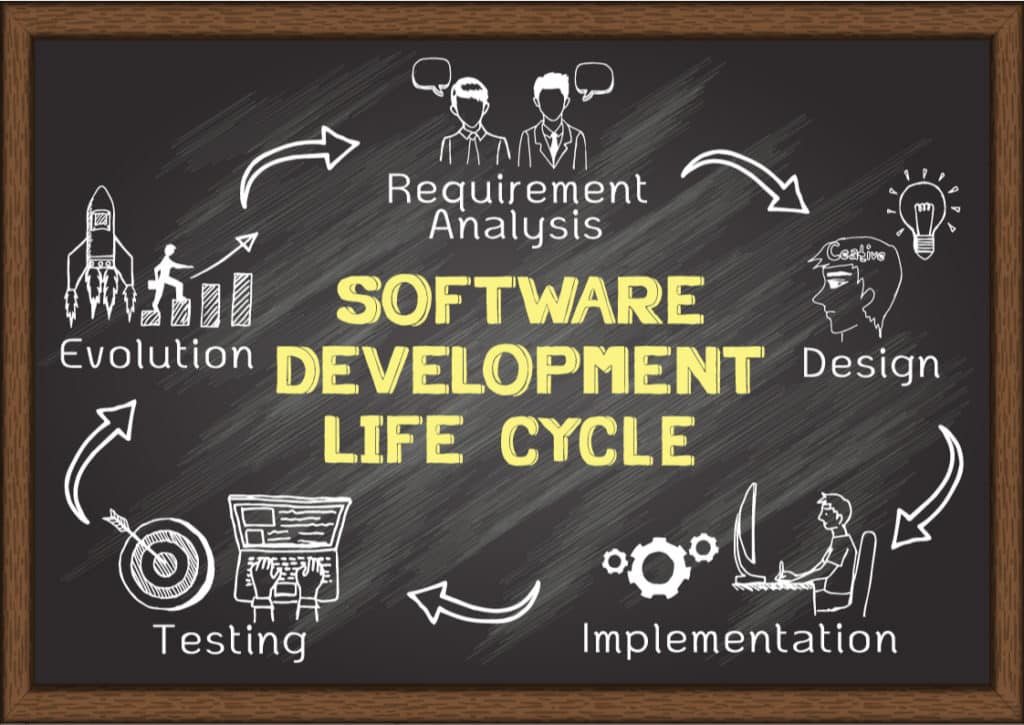- Introduction
- What is Design Thinking?
- What are the Design Thinking Steps used for Software Development?
- Design Thinking for Software Development
- Conclusion
Introduction
At its core, the Design Thinking approach emphasizes delivering a design that heroes empathy. How do design thinking steps apply to the software? You might ask. Simply put, It helps software developers design products that are more likely to resonate with the user. To build products that cater to user requirements more readily, software developers need to think empathetically and understand the end-user better to do justice to their craft.
The Design Thinking approach can help software developers strategize their work better and integrate user-centric elements into their products. Design Thinking is, in fact, applicable to all the stages of development – whether it is laying out the design foundations or the testing phase. Let’s dig into the details of how Design Thinking applies to the overall software development process.
Before digging into details on how design thinking steps apply to the overall software development process, let’s know about the Design Thinking approach.

What is Design Thinking?
The iterative process of Design Thinking helps learners understand its users, challenge assumptions, redefine problems and solve problems. Moreover, Design Thinking helps develop an understanding of the target audience. Design Thinking for software will help speed up the overall development process.
Read more:
What is Design Thinking, and Why is it important in Business?
Top Design Thinking Innovations
What are the Design Thinking Steps used for Software Development?
The five design thinking steps encourage creators to examine different problems and assumptions from many untested angles. The Design Thinking steps might spark new ideas or showcase new findings in the user journey.
- Empathy
- Definition
- Ideation
- Prototyping
- Testing
Design Thinking for Software Development
Development often involves designing, especially for small-scale businesses, where there are no separate roles for UX designers or business analysts. In such cases, the developers embrace Design Thinking steps to innovate on unique and relevant designs. They look into the user requirement to understand the deliverables and present Designs that cater to them adequately. Design thinking helps developers, especially in these case types, and teaches developers how to look at the product from a user perspective.
Empathy, one of the guiding principles of Design thinking, helps developers put themselves in the user’s shoes. This way, they are more likely to develop software that interacts with the user and engages with them in the most effective way possible. For example, while designing an e-commerce website, it is essential to make a responsive design that interacts with the user to understand his/her requirements. Similarly, for the same e-commerce brand, mobile apps would work better than websites. The developer needs to acknowledge these differences in his/her design.

Mentioned below are the points that help in understanding how helpful is Design Thinking in software development:
Clarity of Vision: Design thinking steps help in testing the feasibility of a proposed design while building products. Whether it is the functionality or the aesthetic appeal, embracing design thinking in software development ensures all the fronts of the product meet the requirement.
Scope for Improvement: strategize: The iterative experimentation and analysis of the design thinking approach take the product prototypes through rigorous testing to understand possible flaws in the design. This iterative process helps in selecting the best prototype and perfecting it. This continuous evaluation ensures that the end product is bringing the best to the table.

Conclusion
Developers can use the design thinking principles to guide their vision and execution of user-centric products. And the usage of the Design Thinking approach is not just limited to software development. From aviation to hospitality and FMCG, Design Thinking steps have been long helping professionals deliver solutions that are customer-obsessed and brand-defining in every industry. If you wish to learn more about the role of Design Thinking in software development or overall how the Design Thinking approach or Design Thinking steps can take your organization to a new level, then do enroll for the Design Thinking: From Insights to Viability course. You can drop a comment in the box below, and someone from the admissions team will get in touch with you.






